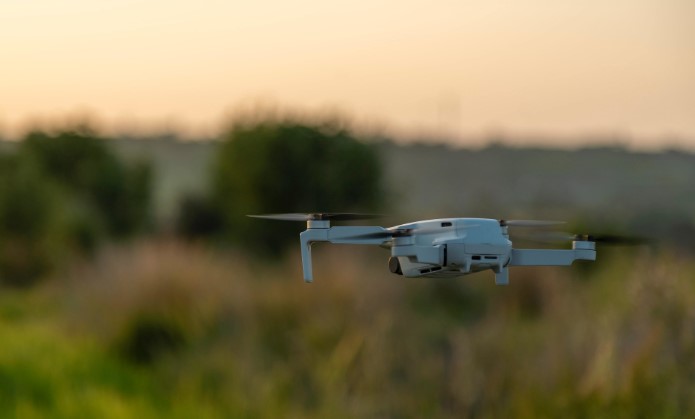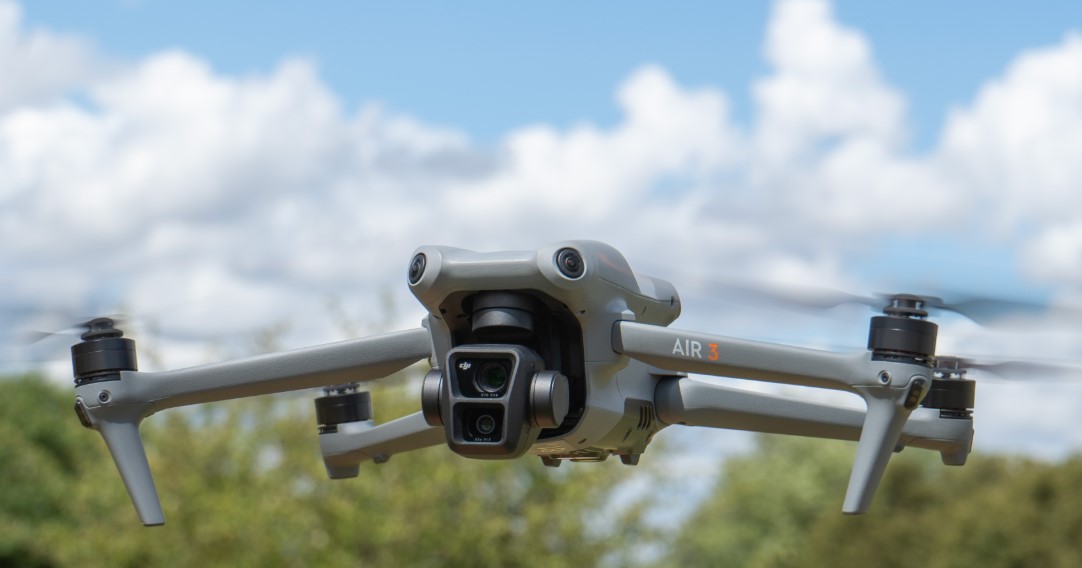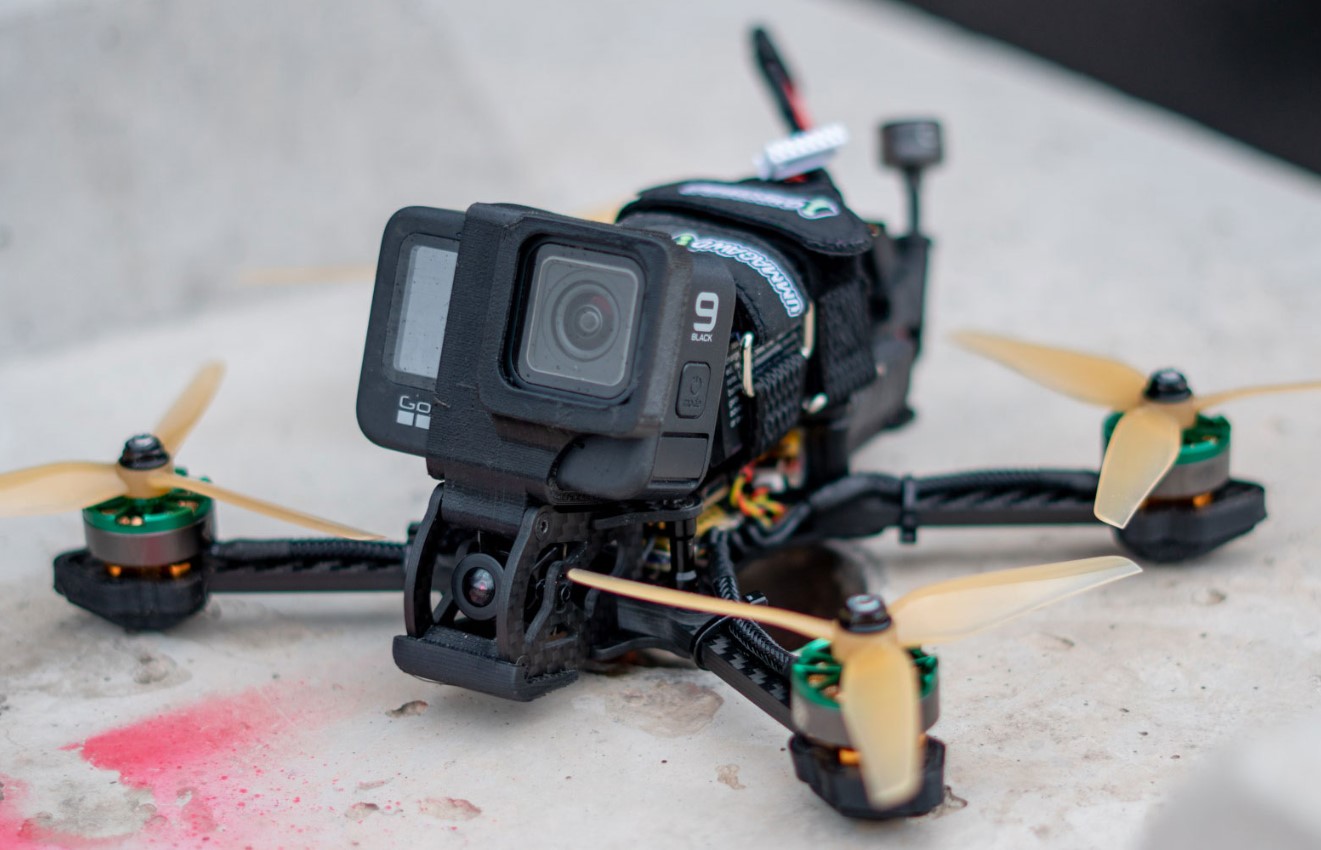Drones have become a cornerstone of modern technology, influencing industries like agriculture, logistics, photography, and even emergency response. One of the most frequently asked questions by both enthusiasts and professionals is, “How many kilometers can a drone fly?” The answer depends on various factors, including drone type, battery capacity, weather conditions, and payload. This essay will explore these elements in detail, shedding light on the flight ranges of different drone types and offering insights into maximizing their potential. Follow Dronevoz.com !!!
Factors Influencing Drone Flight Range
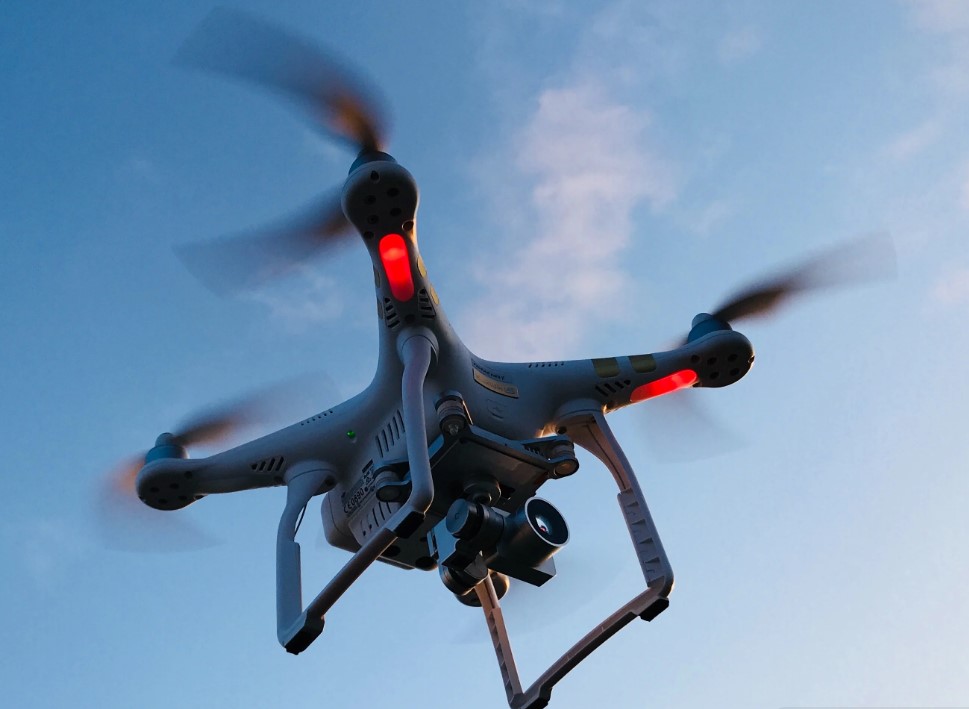
Battery Capacity
The battery is the primary determinant of how far a drone can travel. Most consumer drones are powered by lithium-polymer (Li-Po) or lithium-ion (Li-Ion) batteries. The capacity of these batteries, measured in milliampere-hours (mAh), directly influences flight time and, consequently, distance. For instance:
- Standard Consumer Drones: Equipped with batteries that last 20-30 minutes.
- High-End Models: Boast flight times exceeding 40 minutes.
- Professional Drones: May have dual-battery systems, extending flight times beyond one hour.
Drone Type and Design
Drones vary significantly in design, from compact consumer models to large industrial systems.
- Consumer Drones: Designed for recreational use, typically have a range of 2-10 kilometers.
- Professional Drones: Used for filmmaking or surveying, can cover distances of 10-20 kilometers.
- Fixed-Wing Drones: Unlike quadcopters, these are optimized for longer flights and can travel up to 100 kilometers or more.
Payload Weight
The payload includes any additional equipment the drone carries, such as cameras, sensors, or delivery packages. A heavier payload increases power consumption, reducing flight range. Choosing lightweight equipment can help maximize distance.
Weather Conditions
Environmental factors like wind, temperature, and altitude affect flight performance. Strong winds require more power to stabilize the drone, reducing range. Similarly, colder temperatures drain batteries faster, impacting flight distance.
Signal Transmission
Drones rely on remote control or GPS signals for navigation. The quality and strength of these signals limit the drone’s operational range. Advanced models with robust communication systems, such as OcuSync or Lightbridge, can maintain connections over longer distances.
>>> Read More: Can You Fly a Drone in a State Park?
Typical Drone Ranges by Category
Entry-Level Consumer Drones
These are budget-friendly models for beginners, often used for casual photography and exploration. Examples include DJI Mini 2 or Ryze Tello.
- Range: 2-5 kilometers
- Flight Time: 15-25 minutes
Mid-Tier Consumer Drones
Popular among hobbyists and semi-professional users, these drones offer enhanced features and better flight capabilities. Examples include DJI Air 2S or Autel Evo Lite.
- Range: 6-10 kilometers
- Flight Time: 20-35 minutes
Professional Drones
Designed for demanding applications like mapping, filmmaking, and inspection. These drones feature advanced navigation systems and extended ranges. Examples include DJI Inspire 3 or Matrice 300 RTK.
- Range: 10-15 kilometers
- Flight Time: 30-60 minutes
Fixed-Wing Drones
Ideal for industrial applications such as surveying and delivery, fixed-wing drones can sustain long flights with high efficiency. Examples include the SenseFly eBee or WingtraOne.
- Range: 50-100 kilometers
- Flight Time: 2-4 hours
Long-Range Drones and Industry Applications
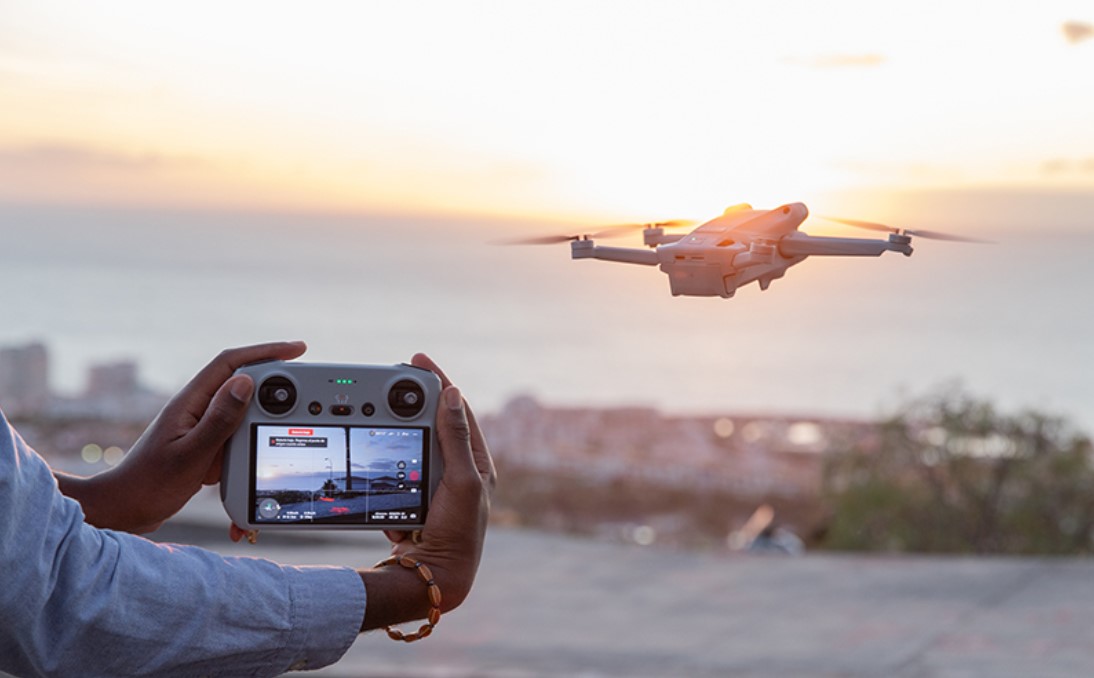
- Military and Surveillance
Military-grade drones, like the MQ-9 Reaper, are equipped with advanced propulsion systems and can cover distances exceeding 1,000 kilometers. These drones are used for reconnaissance, surveillance, and combat missions.
- Delivery and Logistics
Companies like Amazon and Zipline are pioneering drone delivery services. Delivery drones need to balance speed, payload capacity, and range to efficiently serve urban and rural areas. Fixed-wing drones in this sector can travel 50-80 kilometers.
- Agriculture
Drones in agriculture are used for crop monitoring, spraying, and soil analysis. While most agricultural drones operate within 5-15 kilometers, extended-range drones are available for larger fields.
- Search and Rescue
Drones in emergency scenarios require long ranges to cover vast areas quickly. Equipped with thermal cameras and sensors, these drones often operate within 10-20 kilometers of their base.
How to Maximize Drone Flight Distance
To get the most out of a drone’s range, consider the following tips:
- Optimize Payload
Reduce unnecessary weight by choosing lightweight equipment. This minimizes power consumption and maximizes range.
- Use High-Capacity Batteries
Invest in spare high-capacity batteries to extend operational time. Some drones support hot-swappable batteries, allowing quick replacement without power loss.
- Fly in Optimal Weather
Avoid flying in high winds, rain, or extreme temperatures. Calm weather conditions are ideal for maximizing range.
- Maintain Line of Sight
Flying within the line of sight minimizes signal interference, ensuring better control and communication with the drone.
- Upgrade to Long-Range Drones
For professional or industrial use, consider drones designed for long distances, such as fixed-wing models or hybrid drones with extended flight capabilities.
>>> Click Can You Fly a Drone in a Public Park UK?
The Future of Drone Flight Ranges
Technological advancements are continuously pushing the boundaries of drone flight distances. Some innovations to watch include:
- Hybrid Power Systems
Combining battery and fuel-powered systems, hybrid drones can achieve significantly longer ranges than traditional electric models.
- Solar-Powered Drones
Solar technology offers the potential for nearly unlimited flight times during daylight, especially for fixed-wing drones.
- Advanced AI and Autonomy
Autonomous drones equipped with AI can optimize flight paths and battery usage, increasing efficiency and range.
- Improved Battery Technology
Emerging technologies like solid-state batteries promise higher energy density, longer life, and faster charging, potentially doubling or tripling current flight ranges.
Conclusion
The distance a drone can fly varies widely based on its type, battery capacity, payload, and environmental conditions. Entry-level consumer drones might travel only 2-5 kilometers, while professional models can cover 10-15 kilometers or more. Fixed-wing drones and specialized systems push the limits even further, making them indispensable in industries like agriculture, logistics, and military operations.
By understanding the factors influencing flight range and adopting best practices, drone operators can maximize performance and efficiency. As technology evolves, the possibilities for long-range drones will only expand, opening new horizons for innovation and practical applications.
In the ever-evolving world of drones, asking “how many kilometers can a drone fly?” is just the beginning of a fascinating journey into what these incredible machines can achieve.
